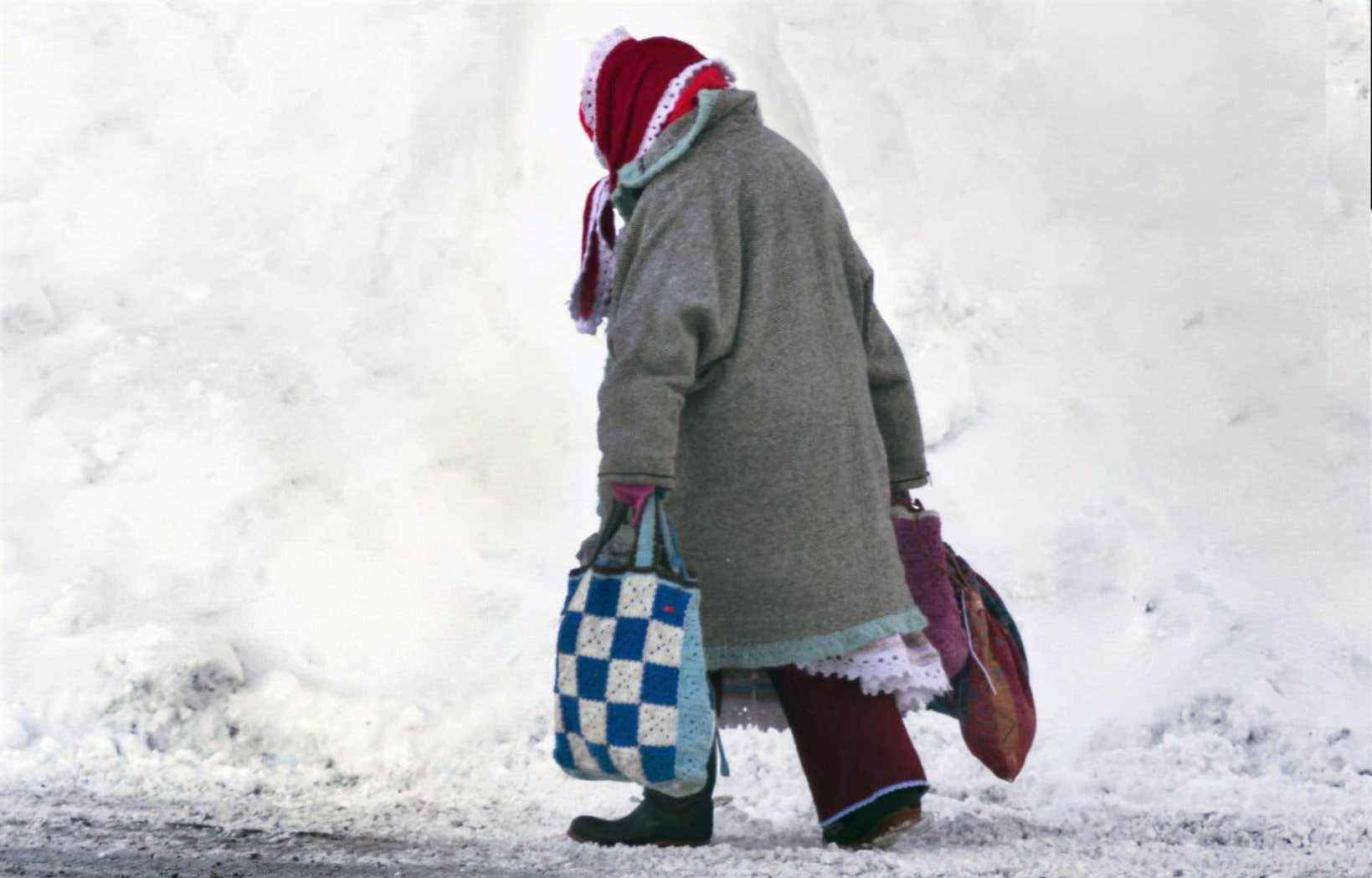The individual climate footprint of half of the poorest Canadians is already below the country’s 2030 target, experts say. The average for the richest 1% is 20 times higher.
Wealth inequalities are accompanied by all kinds of impacts, including environmental ones, underline researchers from the Laboratory on Global Inequalities (LIM) in their most recent report on the subject unveiled in Paris on Tuesday. It is not only a question here of the rich countries, whose greenhouse gas emissions (GHG) are generally much higher than those of the poor countries, but also, and even more still, of each of the households whose its climate footprint increases as its income increases.
This is, of course, due to the quantity of goods and services consumed (clothing, electronic devices, cars, etc.) as well as their nature (accommodation in town or second home in the countryside, public transport or car, holidays in the region or air travel abroad…). It also has a lot to do with the ability to invest in the stock market in companies that are often far from being green.
LIM experts have thus calculated that behind global emissions equivalent to 6.6 tonnes of CO2 per person in 2019, the poorest half of the human population actually averaged just 1.6 tonnes, compared to 6.6 tonnes for the next 40%, 31 tonnes for the richest 10% and 110 tonnes for the richest 1%. The phenomenon is repeated in the United States – where the 50% of the poorest have an average footprint of 9.7 tons per individual against almost 75 tons for the 10% of the richest -, in France (5 tons against 25), and even in China (3 tons against 36).
20 times more
Canada is no exception, observe the report’s authors, including several well-known inequality specialists, such as economists Thomas. Piketty, Emmanuel Saez and Gabriel Zucman. One of the pollutant countries with an average of 19.4 tonnes of GHG per capita, against 21 in the United States, 11 in Germany, less than 9 in France and 8 in China, it has not reached, until has now reduced these emissions by only 3.1 tonnes per person since 1990. However, it has pledged to drop below 12.3 tonnes by 2030.
However, the poorest 50% of Canadians already have an average of 10 tonnes per person, against double (21 tonnes) for the next 40%, over 60 tonnes for the richest 10% and over 190 tonnes for the 1% of their wealthiest compatriots.
The average individual income of an adult in the bottom 50% of Canadians is C $ 20,440 per year, the report says, compared to $ 267,000 for the top 10% and $ 964,000 for the 1. % superior.
Differences that matter
In this context, LIM experts suggest that we start by stopping pretending that all citizens are equal when it comes to the duty to reduce their carbon footprint, but also with regard to their ability to do more. This would allow the public authorities in particular to develop targets and means of action better suited to the reality of the various segments of the population. It would be appropriate, according to them, not to limit oneself to taxing consumers by means of a carbon price, but also to approach the problem from the angle of investors by targeting all these investments that some make in companies. with a gloomy environmental record, when they could invest their fortunes elsewhere.
A 10% tax on the assets multimillionaires hold in major oil and gas companies would be enough to generate US $ 100 billion in revenue a year – one and a half times what developing countries have been promised to help them adapt to climate change.
“Global economic inequalities fuel the ecological crisis and weaken the resilience of societies to this challenge. It is difficult to scale up efforts to fight climate change without a greater redistribution of income and wealth, ”said the lead author of Global Inequalities Report 2022, Lucas Chancel.
